Part 1: Muni’s adventures while taking photographs of Osho in Pune 1 and in Crete
It must have been somewhere around 1975 or 1976 on one of those Indian nights, full of oriental mystery: those faraway sounds, like trains leaving the station, a barking dog, the intense fragrance of flowers. I remember being in a state of alertness, not that there were any dangers from outside that I was afraid of, but because the silence was so strong. All my ego could do was to be on high alert, as if my persona had lost its clear reference points and intrepreted it as danger. Sometimes, in that space, I felt an immense solitude.
I am sure that many who have lived in Pune in those days remember this space in the ashram. After a gloriously sunny day, the darkness of the night, especially during a full moon night, with a moon so strong that it was difficult to withstand its energy. All you could do was to surrender to it. It was the days of the ‘real’ India: with very little traffic, the silence and that great mystery of the Orient, the fascination of the inexplicable.
The first time I had the chance to take a photograph of Osho was in the long forgotten past of an evening darshan which was still in the car porch where now Osho’s Rolls is kept. Just to think of that place makes my hair stand on end and I immediately smell Osho’s scent. It was so strong there that it took you to a place of consciousness, gently helping you glide into a space of ‘presence’.
That night I was stumbling breathlessly on the path leading to the meeting place – we photographers always tend to carry with us a big amount, though deeply loved, metal gear. Shuffling along quite clumsily I almost had to start running in order not to be late. I was unsure of my credibility as a photographer and, anyway, I was always a bit anxious to meet Osho. This man is dangerous, I tell you!
We were half a dozen disciples, everybody wearing an orange robe and with our so much loved mala around our necks. It seemed as everybody was in a great hurry and as we turned around the corner of the house we saw that Osho was already waiting for us in his armchair. Everybody stepped on their brakes and started to look for a place to sit without making too much noise. Except for myself who was still standing and looking around to find a good spot from where to take pictures. At that moment the lights went out and only a faint emergency light remained (in those days in India it happened very often that the electricity would fail).
At that point Osho looked up at me and said with a smile: “What will you do now?”
I mumbled something as if I was caught red-handed. “I have a very sensitive film,” I said and he replied, “Very good!”
I finally sat down in the spot I had been standing and tried to become as transparent as possible while one disciple after the other had an interview with him.
In those encounters nothing was happening and everything was happening.
The space of a darshan, ‘meeting with the master’ is an extraordinary experience: intense, total, a few minutes feel like an eternity. If you have never met a real master I invite you to find him and to sit with him. Nothing can compare with that, not a love affair, not winning the lottery.
And this is because there is no excitement, there is no happiness – because there is no unhappiness either (the opposite). There is pure ecstasy if you open up to his energy, to his silence. The world changes because you discover that this silence is also yours.
Now we have to jump forward in time; I do not remember which year it was and also I do not really care to know. We were in Crete, in the Mediterrenean, the deep blue of the sea, the sun; many disciples had rushed there from all over the world to see Osho.
We were cooked to the core (beyond being ‘al dente’) from the four hours of discourses by Osho, two in the morning and two in the evening. At night we used to go to a bar to dance and sing. What a life! And these beautiful women! Zorba the Buddha!
I had the good fortune to be able to take photographs of Osho while he was there, during the discourses, but I had also asked to have a private photo session because I was working for a few Italian newspapers.
And finally the day came and what a day it was! Osho was living in a splendid villa with a magnificent terrace overlooking the sea. There was a TV crew from Japan, Rafia, and myself. Naturally I was unable to hide a certain nervousness.
The director of the Japanese TV asked Osho to walk around. While they were shooting, Osho walked up and down like a star from Bollywood. Osho always used to wear very beautiful clothes and loved to be photographed – now that he is no more in his body we understand why.
After the Japanese crew left there were only the three of us and immediately a more intimate atmosphere, almost like in a family. Now to take pictures of your own master is not easy because you have to tell him where he should stand or sit, in which direction he should turn, maybe even ask him to wait for you when your film is finished and the camera needs to be reloaded, and so on…
I had to force myself to give him these instructions, although I knew that I was there to do that job, but… at any rate, it is not easy to tell your master to stand up, sit down, etc. I think that any other disciple will understand what I mean…
In that session I felt quite emotional ; I showed Osho how and where to sit and he was totally surrendered to my instructions. For example I decided to take some shots of Osho sitting on a large stone buttress which was overlooking the sea, a great view! I had two cameras but quite soon the films were finished because I had shot as much as I could.
I took my eye from the viewfinder and saw Osho sitting very quietly in front of me. I lowered the camera and stood a bit embarrassed and got the impression that if I would not ask him to get up and move somewhere else he would just remain there. In fact, to be there or in another physical space was not the point. I made an effort – it took quite some effort – to ask him change position.
There is a picture of that series which I love very much: a sea gull flies by behind Osho, snow-white, across the background of the blue sea. A bit of Zen – a flying moment.
Meanwhile, Vivek, the disciple who was looking after Osho, had prepared in the garden a table with two glasses, a bottle of Greek wine and a tray with oranges – a very aesthetic composition. The garden was splendid, full of flowers. By now the atmosphere had become very relaxed. We laughed a lot, so much so that other disciples had fun watching us, even if it was from a distance. Amongst them there was a couple with a beautiful boy who must have been about eight years old.
Osho pretended to sip the wine; everybody knew that the only drink he liked was Coca Cola light because he had diabetes. I think that only an enlightened person can love that drink! Suddenly Osho took both glasses and poured all the wine from one glass into the other, filling it up to its brim. Vivek had gone away so there were only Rafia and I who were taking the photographs and were close to the scene. Osho was looking towards the other direction, towards the boy and called him to come over. The boy approached Osho who handed him the glass and said: “Drink it, drink it all!”
The boy looked over to his mother because he did not know what to do, and the mother who probably had not understood what Osho had said to him, nodded. The boy started drinking and Rafia and I looked at each other in astonishment whilst Osho laughed like a madman. While he was drinking the third glass Vivek returned and did something or said something – I do not remember – and asked the boy to stop drinking. Osho did not stop laughing.
I have no idea why Osho had given all that wine to the boy. It had stirred in me a sense of morality how certain things cannot be tolerated. On the other hand Osho is amoral; he only follows the present moment. Was this maybe the lesson?
That day we had the good luck to be with Osho in paradise, for what felt like a long time.
Part 2: Osho, Could you Smile?
 Muni received his mala from Punya in Milan and his sannyas name from Osho on his first visit to Pune in 1975. He has been a photographer all his life, working as a commercial and artistic photographer. In the commune he worked for Osho Times and was lucky to be able to take photographs of Osho several times. Nowadays he lives in an old Tuscan village surrounded by beautiful forests. He is planning to show the photos he took around his home in an exhibition soon. He is also running a holiday lets near Siena: www.lescopaie.com
Muni received his mala from Punya in Milan and his sannyas name from Osho on his first visit to Pune in 1975. He has been a photographer all his life, working as a commercial and artistic photographer. In the commune he worked for Osho Times and was lucky to be able to take photographs of Osho several times. Nowadays he lives in an old Tuscan village surrounded by beautiful forests. He is planning to show the photos he took around his home in an exhibition soon. He is also running a holiday lets near Siena: www.lescopaie.com


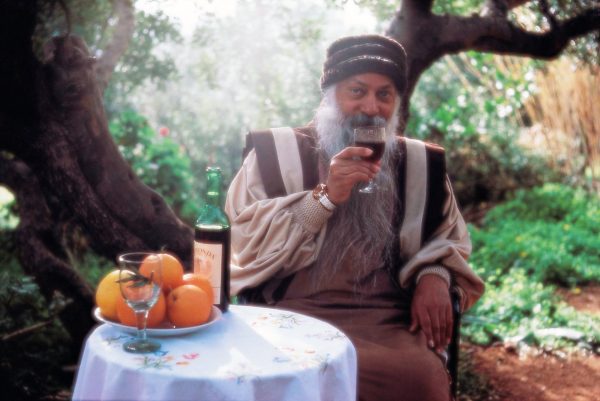
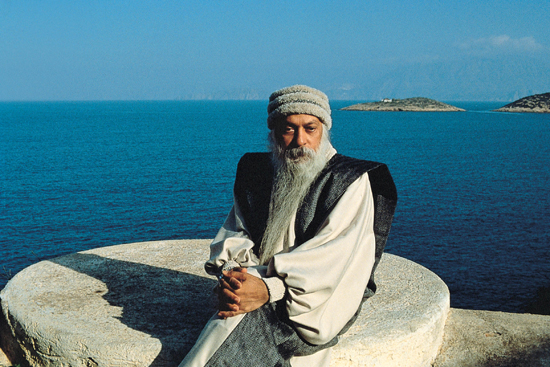

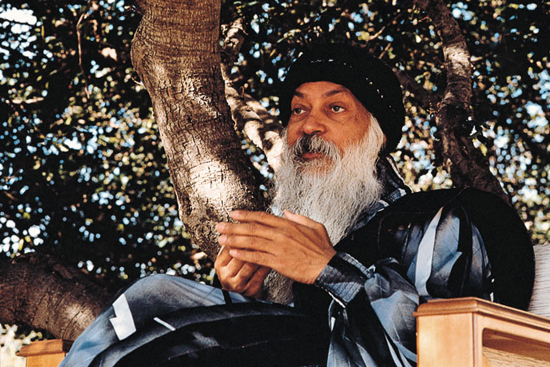
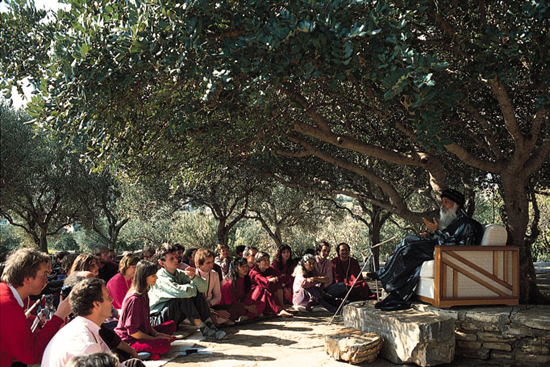

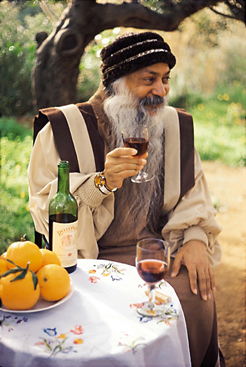




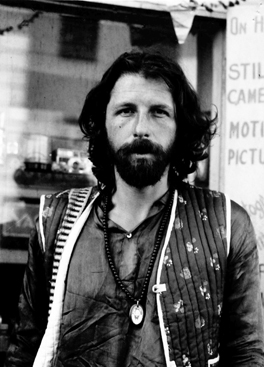


Comments are closed.